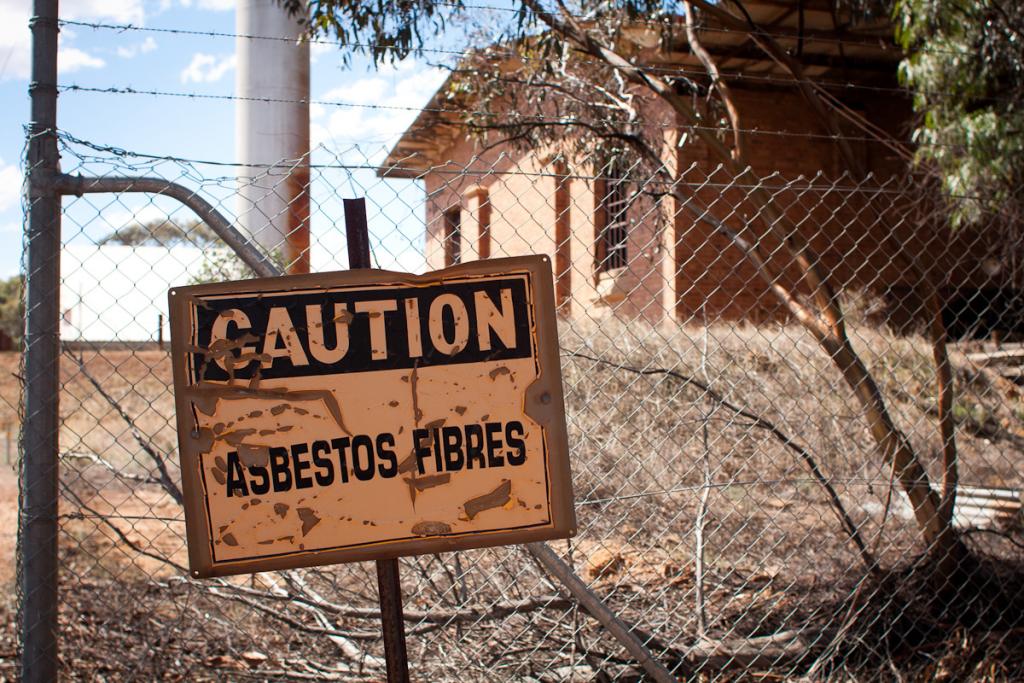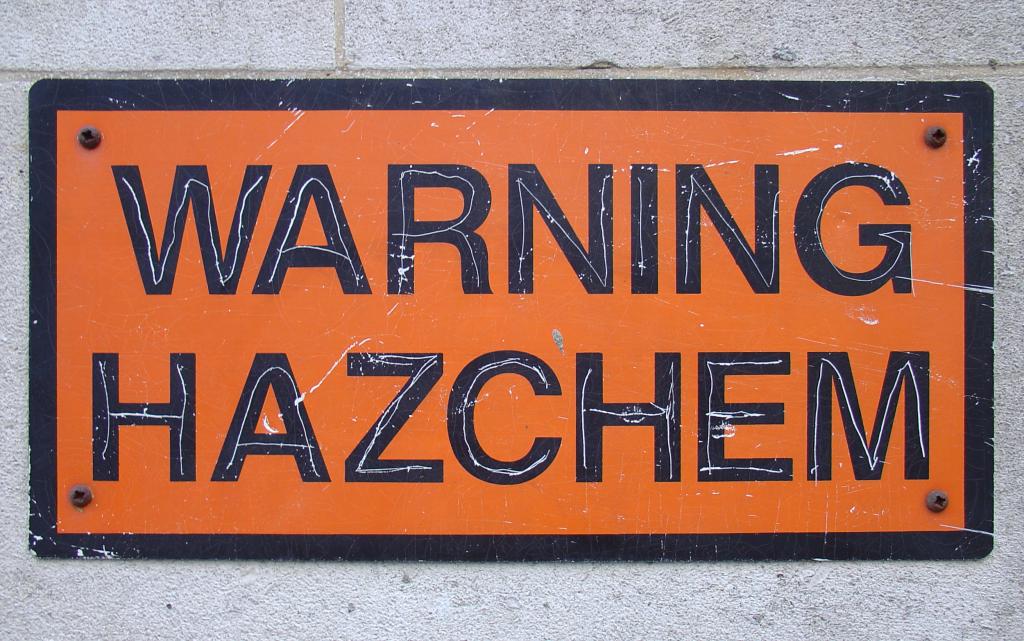How a Simple Process Drives Safety Compliance
Safety management systems have come a long way in the last 250 years. Just think back to workplace conditions during the Industrial Revolution – almost no pay, child labour, very long hours, and extremely dangerous work conditions with exposure to chemicals, accident-prone machinery, and no WHS requirements whatsoever.
But this has changed over the years. Legal reforms and acts were introduced – the Factory Act, the Employer’s Liability Act, and finally, the 1974 Health and Safety at Work Act. This legal document became the foundation for workplace health and safety processes in the UK and the rest of the world. And it led to the increasingly more complex safety processes we have today.
The core purpose of WHS is to keep people safe. Simple. With the increasing complexity of requirements and standards, Business owners, project managers and safety officers alike have to be careful of falling into the trap of using compliance to document requirements like the SWMS as their main measure of WHS compliance. This article looks at why adhering to document requirements is a poor standalone indicator of compliance. We also suggest how a simple safety process drives the success of your WHS compliance.
Documents are Symbols of a Process
Safety isn’t symbolic. It is real and should be treated in the real world, not on a document. Safety management systems do involve documents, but they symbolise a process. For example, a SWMS is a safety planning tool that identifies the risks of high risk construction work and the actions taken to manage those risks. It symbolises the process you are going to take when dealing with the risks and making sure your workplace and its workers are safe from those risks. When it’s under the (judges) hammer, the process symbolised (documented) matters most – not the symbol or the document itself.
Downloading a generic template for your SWMS, JSA, or any other safety document is like taking the symbol without taking the process it represents. And that defeats the whole point of your safety management system and its documents. To comply with WHS requirements, you should be focusing on the processes required to keep your workplace and its workers safe – not just on the documents themselves.
WHS audits look at whether you have followed an effective process that actively reduces the risks in your workplace. They care about if you have actually provided a safe work environment. Not simply whether you have ticked the box of completing a piece of paperwork.
In 2013, The Supreme Court Qld in a case against a QLD construction company for the death of two workers cited:
“work practices focused too much on the work performed onsite and did not pay adequate attention to the dangers presented by the conditions of the site itself”
In other words, not considering risks on the ground, in the real world can have significant impacts when taken to the extremes. Focussing too hard on the details of the tasks to be completed can lead to ignoring all the risks that are actively present
What you focus on matters. And if you want to pass your WHS audit and actually keep your workers safe, then it’s time to focus on the safety management process behind the symbols and documents.
But I still go through a process when filling in a template?
Safety management systems aren’t just about the symbols. They’re about the processes behind them. But you may be wondering – isn’t downloading a generic template still technically a process? Sure. But think about this. What process is more effective at satisfying the Work Health and Safety Act requirement to provide a safe work environment? Is it:
- Find a generic SWMS template on Google, Officeworks or other source
- Complete the boxes provided by the template as best as you can
- Gather up or seek out workers individually and gather signatures
- Store it onsite until the work is done
- Transferring the document to a folder in your office when you are done with the site
Or:
- Identify a the risks onsite, in person
- Build a new SWMS or modify the existing version to cover all task & site-specific risks that are present. Pushed to everyone to sign.
- Monitor how measures are being implemented while work is being completed with real time automated risk rating notifications
- Review by anyone relevant once the work has been completed
- Automatic document storage once complete for any future audits, follow-ups, or learning
From a legal standpoint, the second option is better,
The very purpose of developing a SWMS is to ensure that employers and workers have taken the time to identify the high-risk tasks to be done on site. And then, it is to develop measures to manage these risks and tasks in the context of the work being done. The very nature of a SWMS is that it is specific. It is created specifically in response to a specific site, specific tasks, and specific risks. A generic templated SWMS will not meet the intention behind WHS requirements. Instead, it will defeat the real power of the SWMS and even take away from your safety management.
As WorkSafe Victoria explains, “our concern is not what is written but what actually happens”. A generic SWMS is a symbol of safety that only provides guidance. To focus on the process and comply with WHS requirements, your SWMS and other safety documents need to be customised. It is the second process that is more likely to pass a WHS audit because it demonstrates an active approach to creating a safe work environment. And it is the first process that will get a much more severe punishment when a safety incident does happen, even though both processes are represented by the same type of document.
How to Prioritize the Process
The simplest way to boost the effectiveness of your safety process is to use a digital safety platform like SafeWorkPro. While you can do your safety management physically or digitally, doing it digitally is what will make the difference. Why?
Safety management software simplifies your safety management. Turning a complex process into a simple, easy to understand workflow that allows for an easier way to assess, mitigate, monitor and review workplace risks of all nature. It makes sure that your safety management system is customised, comprehensive, and lets you focus on the process. Leave the document creation, distribution and storage to the software. With safety management software, you can seamlessly customise, prioritise, and ensure your safety management system and its processes exceed WHS regulations.
SafeWorkPro is the Australian safety management software that can make sure your workplace prioritises the process over the symbols.
- Customise your SWMS, JSA, or other safety documents specifically to your worksite using our flexible document builder
- Make sure your specific workplace risks are managed and your workers are safe
- Ensure your company truly complies with WHS requirements
Do all of this seamlessly and in one place with the SafeWorkPro platform. Click the button below to find out more.
More From The SafeWorkPro Blog
How To Identify Asbestos
A key aspect of a safe and complete asbestos risk assessment is the inclusion of a hazardous substance risk assessment form. This is not something that should be taken lightly as asbestos in homes is a real risk in any property built before 1990. Therefore knowing how to identify asbestos is a critical step in any type of asbestos training.

But this can be an expensive option. If you wish to test any material you suspect of containing asbestos, you can contact the National Association of testing Authorities for an independent evaluation. With over 3000 asbestos containing products used in construction prior to 1990, professional consultation and testing is the safest option for the identification of this highly hazardous material. But there are several common characteristics of asbestos containing materials.
Warning signs: look for any warning signs or labels that indicate the existence of asbestos.
Age: any property built before the late 1980’s could contain asbestos. Consult with local authorities, the structure’s builder, previous owners and neighbours.
Fasteners and joints: check the battens used to to cover the joints between sheets of asbestos containing materials like AC sheeting. Any broken battens, gaps in joiners or loose nails, can indicate the presence of asbestos.

Close inspection: if you have a digital camera with a macro mode function, use it to take a close up photo of the material. Asbestos fibres are microscopic but the strands that are made up of these fibres can often be found clumped together (see left image for example). Note: never break the material apart to check as it could release asbestos fibres into the immediate area.
It must be noted that these are initial steps and cannot guarantee the total identification of all asbestos materials. For that, an accredited asbestos specialist will need to be engaged.
Hazardous Substances Risk Assessment

Managing risk can be a complicated task especially when looking at a risk assessment for chemicals. This is a whole new ball game for risk management consultants and the harmonisation of regulatory frameworks don’t make this any clearer. The problem hazardous substances (or chemicals) have in high risk construction work is that the
ordinary worker won’t know how to identify the specific elements and compounds that make a substance hazardous, nor have an in depth understanding of the appropriate control measures.
To soften the inherent risks involved to the maximum degree possible, Safe Work Australia and the relevant state regulators require the importers and manufacturers of hazardous chemicals to provide a Safety Data Sheet (SDS) to the people or organisations using their product. The SDS provides the PCBU and workers with information on the dangers involved with a substance, the controls methods and forms of treatment should an incident occur. All this information is vital in the writing of a compliant hazardous substances risk assessment.
A hazardous substance risk assessment form differs from other risk assessment in construction in that it must include information such as the health effects, signal words, precautionary details, control measures and recommended protective equipment that are outlined in the SDS. An example of this in a risk assessment form is below.

That all being said, the underlying elements of a compliant risk assessment for construction, including the hierarchy of control measures, remains largely the same. Hazard and risk identification, the implementation of control measures, the duty of care and review process, all remain core components of a hazardous substance risk assessment.
For more information, read Safe Work Australia’s guide for the preparation of Safety Data Sheets.
The Codes of a Chemical Risk Assessment

Chemistry is complicated stuff and a risk assessment for chemicals is no different. The range of hazardous chemicals used in the Australian construction industry is only overshadowed by the number of risks associated with them. A chemical risk assessment must take all of these inherent dangers into account but understanding every substance or chemical, along with the
associated risks and hazards, is not a reasonably practicable option for most construction businesses.
Therefore the Safe Work Australia provides a list of codes used in Safety Data Sheets to explain the various hazards and risks associated with hazardous chemicals. This resource is provides both construction workers and managers with quick and easy to understand explanations of each chemical code and the related hazard.
Your hazardous substances risk assessment should then include these codes in the risk identification process when applicable. The benefit of including this in your chemical risk assessment form is that it not only improves how workers understand the risk involved with hazardous chemical but it also displays an attempt on behalf of the PCBU to ensure a safe working environment.
To improve your chemical risk assessments along with your workplace health and safety, you can access a full list of the codes here.





